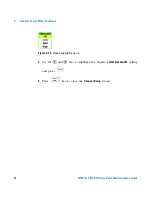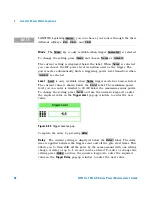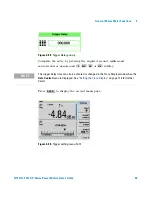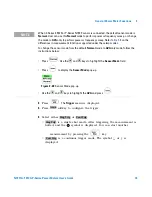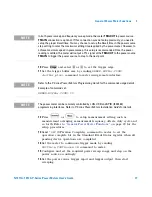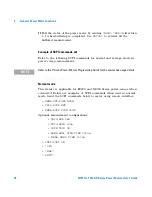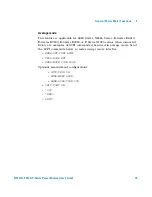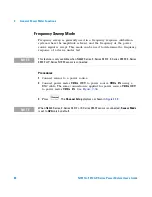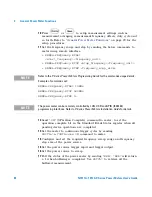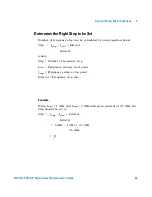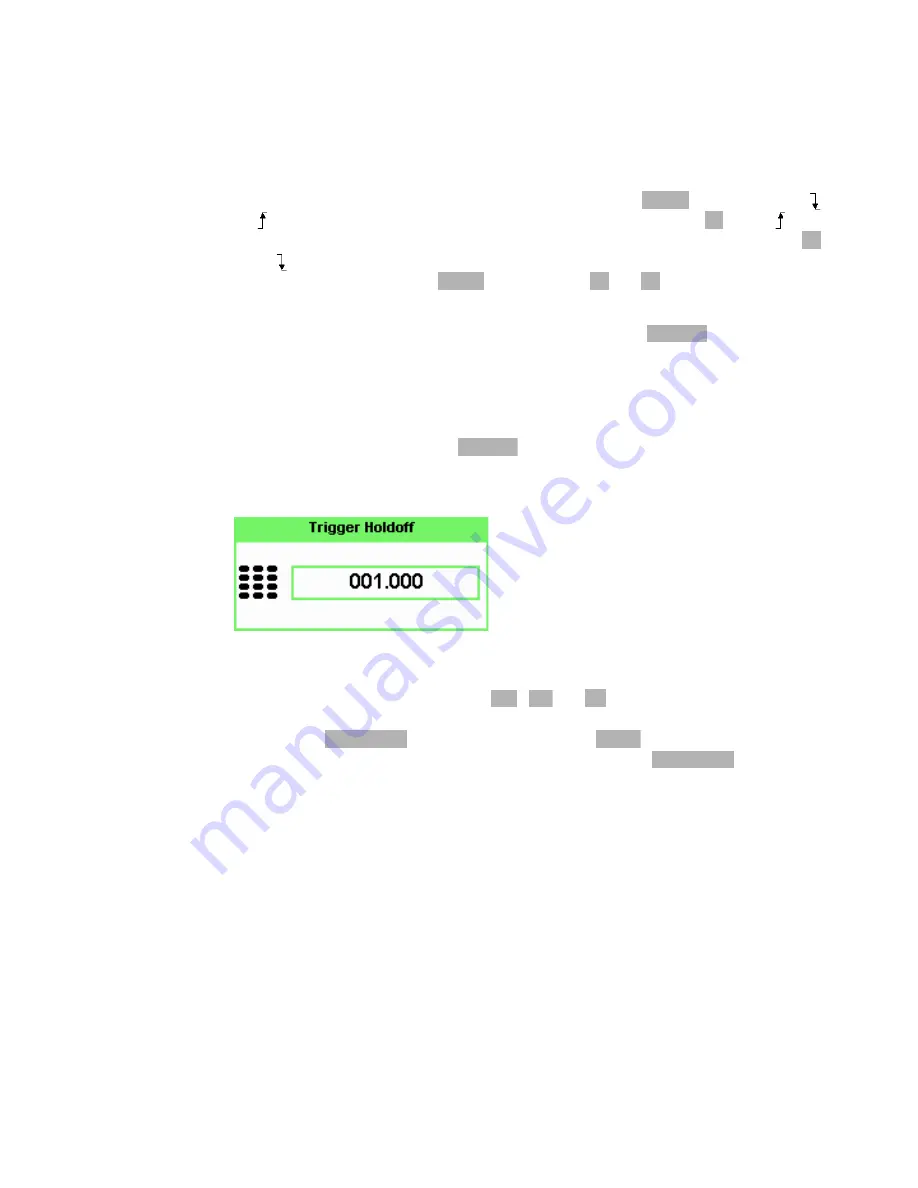
2
General Power Meter Functions
70
N1911A/1912A P-Series Power Meters User’s Guide
Slope
The current setting is displayed below the
label and the
or symbol is displayed in single numeric display mode.
(and ) is
used to generate the trigger from an increasing power level. Similarly,
(and ) is used to generate the trigger from a decreasing power level. To
change the setting, press
to highlight
or
as required.
Holdoff
The current setting is displayed below the
label. After a
trigger event occurs, the trigger mechanism is disabled for the configured
time period. This allows stable triggering to be achieved even when a
signal has multiple edges, for example, a TDMA signal with non- constant
amplitude modulation. Values up to 400 ms can be configured.
To change the setting press
and use the numeric keypad to enter
the required value in the
Trigger Holdoff
pop- up window to enter the new
value.
Figure 2-56
Trigger Holdoff pop-up
Complete the entry by pressing
,
or
.
Hysteresis
is only available when
trigger mode has been
selected. The current setting is displayed below the
label. You
can use the hysteresis function to help generate a more stable trigger by
preventing triggering unless the RF power level achieves the trigger level
and the additional hysteresis value. It can be applied to both rising and
falling edge trigger generation. A maximum of 3 dB hysteresis can be
entered.
Rising Edge
When a rising power transition triggers the power meter, the triggering
system is disabled. The power meter does not trigger again if another
rising power transition is presented. The triggering system is re- armed
only when the input power falls below a level equal to the trigger level
minus the configured hysteresis value.
Slope
+
–
Slope
+
–
Holdoff
Holdoff
ms
us
ns
Hysteresis
Norm
Hysteresis

